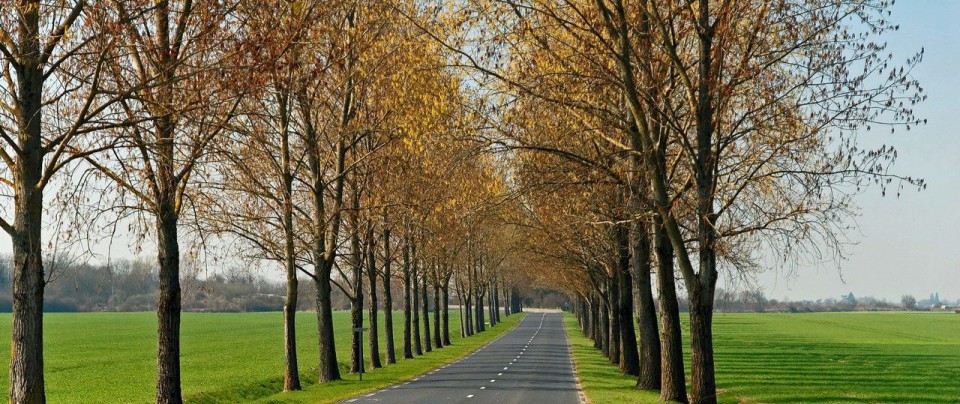
Truly what is one left to do? What could you pair a dish made with Champagne (at least a good half bottle) other than well, with Champagne? The answer seemed to be a little too easy, a little too confortably obvious, like a siren calling me, no beconning me closer. It was all so tempting, so quick, so easy to choose that path. So before I hurled myself onto the rocks at the foot of the lovely siren, I decided to think about other possibilities. Was I, yet again, on a fools errand, hopelessly tilting at windmills or, in modern day parlance, was I running head on into a whinning buzz saw? I don’t know. And he spoke the truth. What challenged me were two things: One, the obvious answer seemed too easy; two, I was adding mushrooms with the dish. Had I found the source of my consternation, the reason for my sleepless nights? I asked that very deep and philosophical question to the barkeep Jose as he poured me yet another frozen margerita with a side shot of Tequila. It eees pozeeble señor, no se. A smile, a shrug in any language is a smile and a shrug. Fine I get it. Pour me into a cab.
Les Vins de Sélection
I have listed below, for your drinking pleasure, some Champagnes to think about from the true blue to a Crémant. For your own safety, please try this in the company of friends.
Fine Champagne:
Champagne, Coteaux Champenois
1995 Louis Roederer Cristal Brut
Perrier-Jouët’s 1997 Fleur de Champagne
Rosé Champagne:
Moet & Chandon Rosé Imperial
2002 Veuve Clicquot Brut Rosé Champagne
2000 Louis Roederer “Cristal” Brut Rosé Champagne (if you have half a grand to spare)
2002 Henriot Brut Rosé Champagne
Laurent Perrier Brut Rosé Champagne
Crémant (aka “Mousseux”)
These are French terms used to refer to sparkling wine made in France but not in the Champagne region. To use the term “champagne” falsely risks deportation from the territoire. There are some excellent sparkling wines in Spain, Portugal, Italy, the U.S. -particularly California.
In France some of the more famous Crémant’s are from Alsace, Bordeaux, Bourgogne, the Jura, and Crémant de Loire. So in selecting a “champagne” to have and/or to cook with, stop in at you local wine store and speak with Monsieur ou Madame about a good Crémant.
In Spain, Cava is a type of Catalan white or pink sparkling wine. This excellent Cava is not something to be missed. From Portugal, Espumante is produced solely in DOC Bairrada, located just south of Vinho Verde. From Italy come many well known and fine sparkling wines including Asti and Lambrusco. If you are standing in Red Square, wearing your raincoat and Fedora hat and holding a rolled-up copy of Izvestia with the date facing away from you, then you must try Sovetskoye Shampanskoye, that’s right the name still lives on as Soviet Champagne. A little sweet but after a few chasers, all will be forgotten and you will tell all. They all do.
I don’t wish to leave out the Americans and their sparkling wine as they have developed some very good middle and high-end market “champagnes.” Here is just a sampling:
Napa Brut Prestige, Napa Valley, this is highly affordable one which offers a crisp, dry sparkling wine, with aromas of melon and citrus.
1998 Vintage Brut Late Disgorged, J Vineyards & Winery,. From the Russian River Valley, California. High end delight.
2005 Iron Horse, Wedding Cuvée, Green Valley of Russia River Valley, California
1997 Brut de Noirs “Extended Tirage”, Robert Hunter, Sonoma County, California
Sotter, 2005 Brut Rosé, Willamette Valley, Oregon

